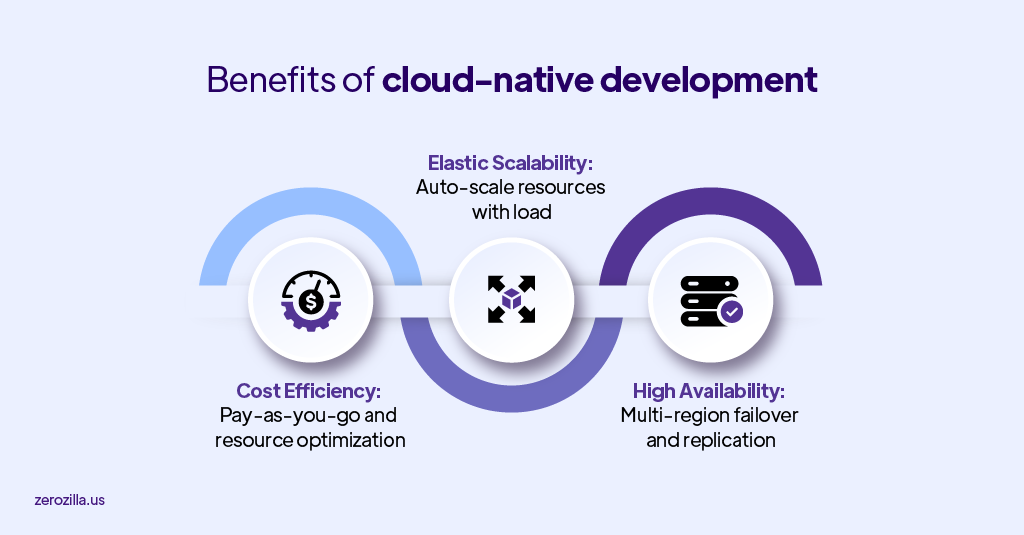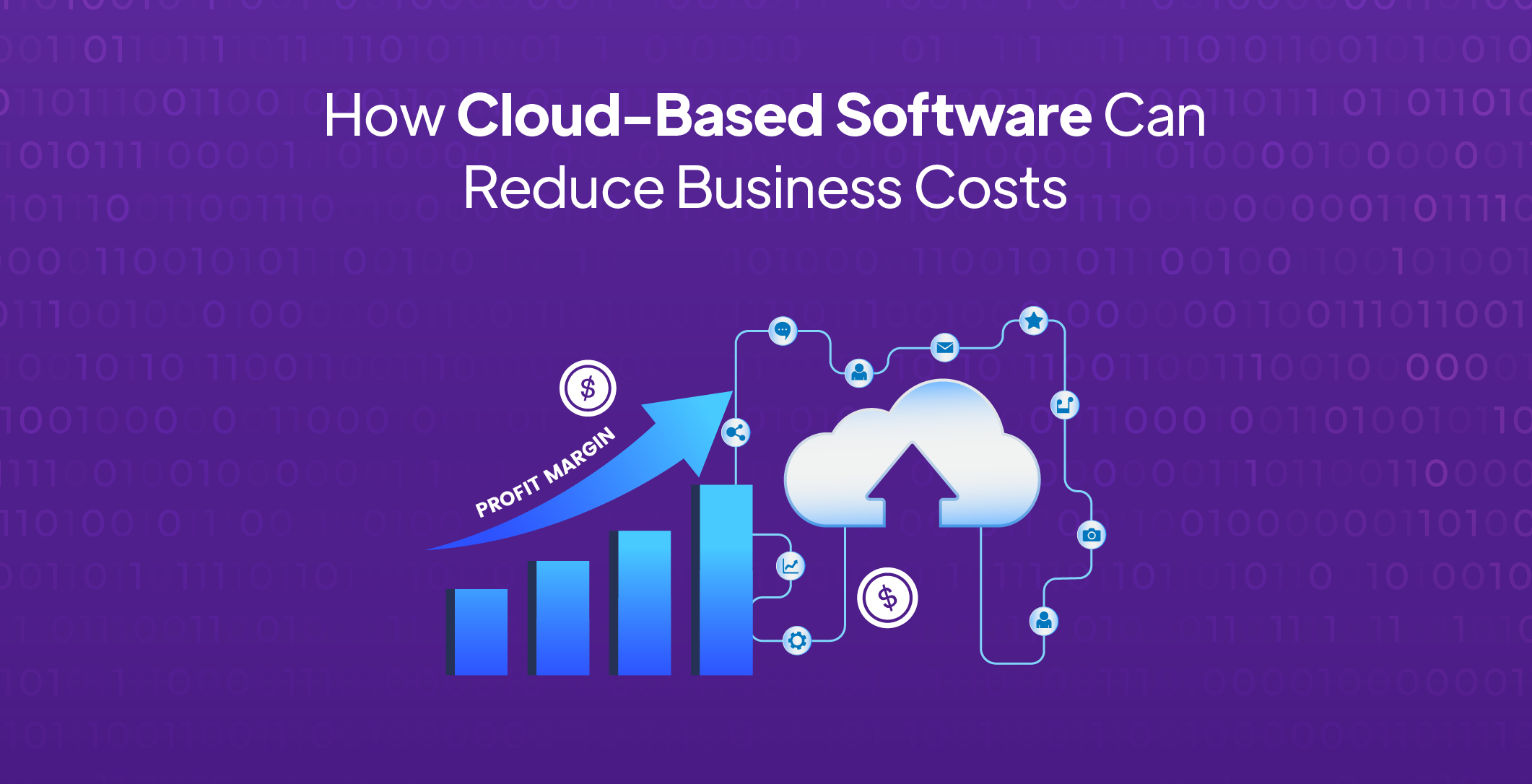Digital transformation is no longer a buzzword; it’s a survival strategy. At the heart of this transformation lies software development, powering everything from customer experience to backend automation.
What is Digitization?
Digitization refers to translating business needs or customer requirements or process improvement or financial modeling or any such disruptive or incremental innovation into digital form accessible to the desired audience, provided it is easy to use, economical, and business worthy. While it has improved operational efficiency, it alone doesn’t make a business competitive. Digital transformation, by contrast, is a fundamental shift in how an organization delivers value through technology. It’s not about adding new tools; it’s about changing business models, customer experiences, and internal processes at scale.
In this shift, software development is a strategic enabler. The ability to build, adapt, and iterate digital products quickly and securely is directly tied to business agility.
The Strategic Role of Software in Digital Ecosystems
Modern businesses don’t operate in isolation; they function within ecosystems comprising customers, partners, suppliers, and data flows. Software development underpins:
- Customer-Facing Applications: Web and mobile apps drive engagement, personalization, and service delivery.
- Operational Systems: ERPs, CRMs, and SCMs customized or integrated software ensure business continuity.
- Data Infrastructure: From data lakes to analytics dashboards, software determines how data is captured, processed, and visualized.
- Automation and AI: Algorithms are embedded into software to automate decisions, detect anomalies, or personalize experiences.
- APIs and Integrations: Software connects third-party services and exposes internal services for consumption.
Thus, software is the connective tissue of the modern digital enterprise.
Legacy Systems: Bottleneck or Building Block?
Legacy systems are often blamed for slowing down innovation. However, they hold critical business logic and data. The key challenge is to modernize without disrupting core operations. Strategies include:
- Encapsulation: Wrapping legacy systems with APIs to expose functionalities.
- Rehosting/Replatforming: Moving systems to modern cloud infrastructure with minimal code changes with the least effort and cost.
- Refactoring: Rewriting parts of the codebase for better scalability or maintainability.
- Replacement: In rare cases, a full rebuild may be justified.
A well-structured software modernization roadmap helps balance risk, cost, and speed.
Modern Software Architectures: The Backbone of Transformation
Traditional monolithic applications are giving way to modular, service-oriented architectures. Core trends include:
Microservices
Microservices split applications into independent, deployable services. Each service focuses on a specific business capability and can be developed, deployed, and scaled independently. This architecture ensures that a load or failure in one module has no impact on the other functionalities of the application. By isolating services, microservices enhance fault tolerance, improve scalability, and allow teams to work in parallel, resulting in faster updates, better resilience, and greater flexibility in managing complex systems.

While microservices offer flexibility and scalability, they also introduce several challenges. Managing multiple independent services requires effective orchestration, ensuring that deployment, scaling, and updates across dozens (or even hundreds) of services happen seamlessly. Inter-service communication can also become complex since services often need to talk to each other over APIs or messaging queues, making network reliability, latency, and error handling critical.
Another major challenge is data consistency. Unlike monolithic systems that share a single database, microservices often maintain separate data stores. This separation can lead to synchronization issues, which are typically managed using eventual consistency models, distributed transactions, or saga patterns.
To address these challenges, organizations rely on container orchestration tools like Kubernetes for automated scaling and deployment and service meshes such as Istio or Linkerd to handle traffic routing, observability, and security between services.
Event-Driven Architecture
Event-driven systems react to real-time events, enabling dynamic responses (e.g., auto-approving loans, stock alerts). Kafka, RabbitMQ, and cloud-native event buses are common tools.
In the modern era, AI and Machine Learning have become integral to event-driven systems, enabling real-time intelligence and decision-making. Regression and classification models, along with recommendation systems, process streaming data to generate actionable insights instantly. For instance, a decision to approve a loan, previously requiring weeks of manual validation, can now be made within seconds by analyzing historical loan defaults, credit scores, and customer financial behavior through trained ML models. This fusion of event-driven architecture and AI/ML ensures smarter, faster, and more adaptive business operations.
Serverless Architectures
Functions-as-a-Service (e.g., AWS Lambda) offload infrastructure concerns. Ideal for sporadic workloads, they reduce operational overhead and cost.
These architectures, though complex, provide the agility and scalability required for transformation. They also reduce the need for additional resources to manage the servers.
DevOps and Agile: Accelerating Delivery Cycles
Digital transformation is iterative. Agile development methodologies, combined with DevOps practices, enable continuous innovation.
Agile
Agile emphasizes:
- Incremental delivery
- Cross-functional teams
- Continuous customer feedback
DevOps
DevOps unifies development and operations, automating the software lifecycle:
- CI/CD Pipelines for frequent releases
- Infrastructure as Code (IaC) for reproducibility
- Automated Testing to reduce defects
- Monitoring and Observability for proactive issue resolution
Together, Agile and DevOps shrink time-to-market, improve quality, and enhance adaptability.
APIs and Integration: Building the Digital Nervous System
In today’s digital ecosystem, APIs are the backbone of intelligent enterprises, not just technical connectors but strategic enablers of innovation and automation. They power integration across internal systems, partnerships via exposed services, and participation in global digital ecosystems.
AI & ML in Modern API Development
The rise of AI and Machine Learning has transformed how APIs are designed, consumed, and managed. APIs now serve as intelligent interfaces, connecting AI models, data pipelines, and business systems in real time. For example:
- Predictive APIs leverage ML models to forecast demand, detect anomalies, or automate decisions.
- AI-assisted API design tools (like Postman AI, GitHub Copilot, or OpenAPI generators) accelerate documentation, testing, and schema generation.
- Cognitive APIs—for vision, speech, text, and recommendations—allow developers to embed AI capabilities into applications instantly.
- MLOps and model-serving APIs bridge data science outputs with production systems, ensuring models deliver continuous value through REST or gRPC endpoints.
Key Practices Remain Vital
- API Design: REST vs GraphQL, versioning, and error handling
- API Management: Security, usage throttling, and analytics (via tools like Apigee, Kong, and Azure API Management)
- API Gateways: Central points for routing, authentication, and now policy-based ML monitoring
As AI becomes embedded across business operations, APIs act as the digital nervous system, transmitting intelligence between systems and enabling organizations to scale digital transformation faster, smarter, and with measurable impact.
Cloud-Native Development: Elastic, Scalable, Resilient
The cloud is more than a hosting environment.
Cloud-native development embraces:
- Containers (e.g., Docker)
- Orchestration (e.g., Kubernetes)
- Managed Services (e.g., databases, queues, identity)

Adopting a cloud-native mindset involves:
- Designing for failure (resilience patterns)
- Observability from the start
- Infrastructure as Code
- Security embedded at every layer
Cloud-native is the foundation for speed and scale.
The Rise of Low-Code/No-Code in Enterprise IT
Low-code/no-code platforms democratize software development. They allow business users (“citizen developers”) to build functional apps through visual interfaces.
Use cases include:
- Internal tools (dashboards, workflows)
- Customer portals
- Automated approvals and business logic
Benefits:
- Faster development
- Reduced load on central IT
- Rapid prototyping
However, governance is crucial. IT teams must set boundaries for data access, app deployment, and integration.
Low-code is not a replacement for traditional development, but a complement- allowing faster iteration and innovation at the edge.
Low-Code Development: Speed with Trade-offs
Low-code platforms accelerate development by enabling visual workflows, prebuilt components, and minimal coding, making them ideal for rapid prototyping and small, less complex applications. They reduce time-to-market and lower costs, empowering business users and developers alike to experiment and iterate quickly.
However, low-code is not without its limitations. These platforms often struggle with deep customization, offer limited UI flexibility, and enforce fixed user experiences that may not suit complex enterprise-grade applications. Integration with legacy systems or unique business logic can also be restrictive.
Security-First Development in the Age of Cyber Threats
As digital services expand, so does the attack surface. Security must shift left, embedded in development from day one.
Key security practices:
- Secure SDLC: Threat modeling, secure coding standards
- DevSecOps: Integrating security checks in CI/CD (e.g., SAST, DAST, SCA)
- Zero Trust Architecture: Every component verifies identity and permissions
- Regular Pen Testing: Simulate attacks to identify vulnerabilities
- Compliance-Aware Design: Align with GDPR, HIPAA, PCI-DSS as needed
Security is not a bolt-on- it’s a continuous practice. A breach today is not just an IT failure, but a reputational and financial risk.
For organizations aiming to sell to large enterprises, international markets, public sector institutions, defense, or other regulated industries, compliance, security, and certifications are not optional- they are mandatory prerequisites. Without meeting these standards, market entry and long-term partnerships are simply not feasible.
Robust security practices, continuous monitoring, and adherence to global frameworks (such as ISO 27001, SOC 2, GDPR, and NIST) have become the foundation for building credibility and unlocking access to high-value, compliance-driven markets.
Measuring the ROI of Digitization
To measure the Return on Investment (ROI) of digitization, it’s essential to first understand the strategic goals behind the initiative, whether it’s improving customer experience, enhancing operational efficiency, or driving revenue growth.
Digitization delivers both tangible and intangible benefits, and a complete ROI assessment must consider both dimensions.
Tangible Benefits
These are measurable and quantifiable outcomes directly impacting the organization’s financial performance.
Expenses of Digitization:
- Increased cost of infrastructure
- Cost of development and implementation
- Software and licensing costs
- Additional marketing and technology investments
Projected Income from Digitization:
- Expansion of customer base through digital channels
- Reduction in operational and administrative costs
- Lower marketing expenditure through automation and analytics
Intangible Benefits
These are qualitative improvements that enhance long-term business value.
- Operational Efficiency: Streamlined workflows and reduced manual intervention
- Customer Satisfaction: Improved digital experience leading to loyalty and retention
- Brand Perception: Enhanced reputation as a modern, tech-enabled organization
Key KPIs and Metrics for Measuring Impact
To quantify the effectiveness of digitization, organizations can track:
- Speed-to-Market: Time taken to launch new products or features
- Operational Efficiency: Reduction in manual tasks, process errors, and rework
- Customer Experience Metrics: Net Promoter Score (NPS), churn rate, engagement levels
- Revenue Impact: Direct (e.g., new digital revenue streams) and indirect (e.g., retention, upselling) gains
- Scalability and Flexibility Gains: Ability to pivot quickly, scale up or down based on business needs
Accelerate Your Transformation with Zerozilla
Digital transformation is not a one-time project. It’s a continuous, software-driven evolution. Businesses that treat software development as a strategic pillar, not a support function, are better equipped to navigate change, capture opportunity, and build resilience.
Zerozilla is a trusted partner for businesses on their digital transformation journey. With deep expertise in full-stack software development, cloud-native engineering, API design, and DevOps automation, we help enterprises build the digital foundations they need- securely, scalably, and strategically.
Ready to transform? Contact Zerozilla to start your software-powered journey today.



